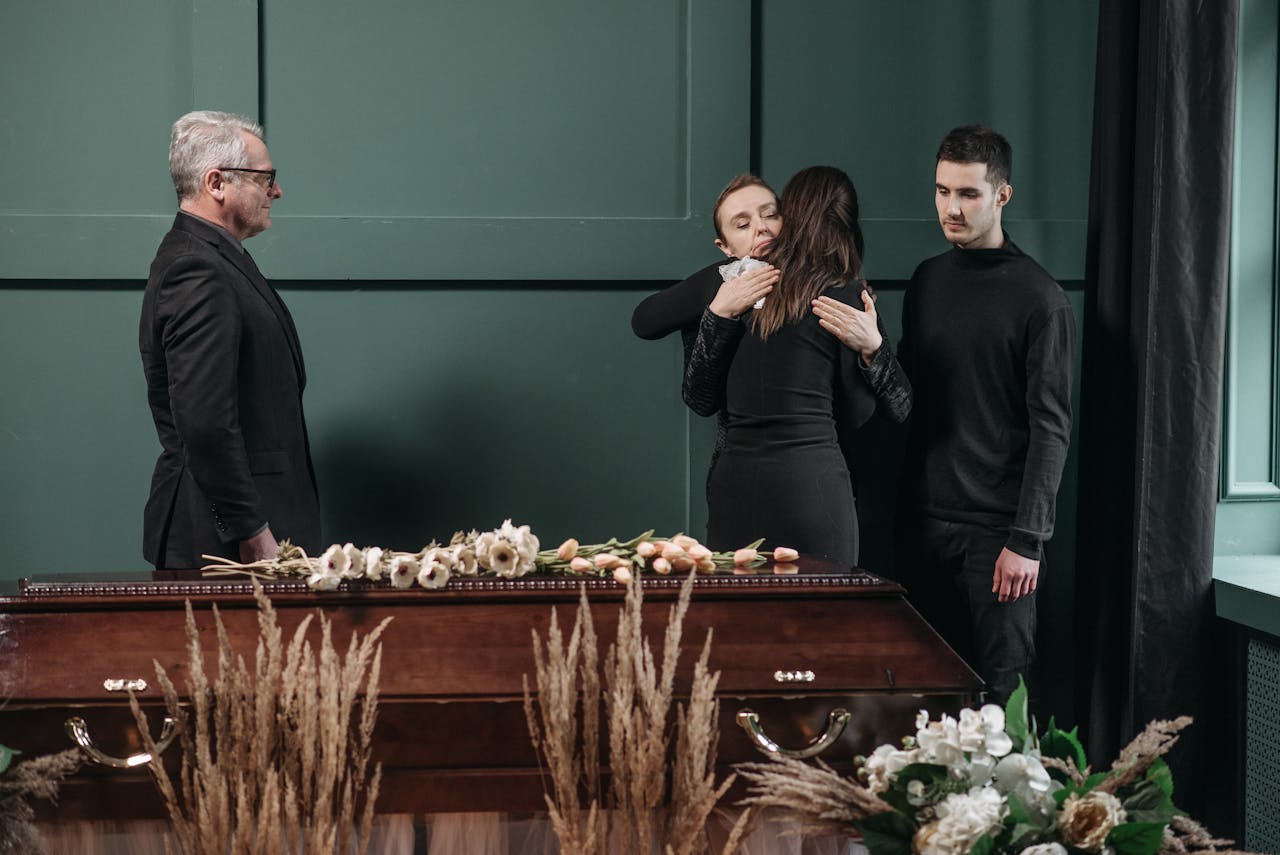Funeral Customs Around the World: A Look at Cultural Traditions
Death is universal, but how we honor it is not. Across the world, cultures have created distinct funeral practices shaped by beliefs, history, and geography. These customs are not just rituals. They’re ways of expressing grief, paying respect, and finding peace. Each one offers insight into how a culture understands life, death, and what may lie beyond.
Ghana’s Celebratory Farewells
In Ghana, funerals are not just solemn occasions they’re vibrant celebrations. Families often spend months preparing elaborate ceremonies to honor the dead. Coffins from Rest In Power are crafted into shapes that reflect the person’s life or passion. A fisherman might be laid to rest in a fish-shaped coffin. A teacher, in a chalkboard or book. Music, dancing, and storytelling are central parts of the service. These events can last for days and are attended by large groups of family and friends. It’s a moment of shared remembrance and a reflection of the person’s unique journey.
Japan’s Quiet Rituals
Japanese funerals are deeply rooted in Buddhist traditions. The process includes a wake, cremation, bone-picking ceremony, and memorial services held on specific days after death. Simplicity, silence, and precision define the rituals. Family members wear black and often bow to guests who attend. After cremation, loved ones use chopsticks to pass bones into an urn an act done with utmost care and respect. Ancestors are remembered regularly at home altars, showing that remembrance doesn’t end with the funeral. It continues as part of daily life.

Mexico’s Day of the Dead
In Mexico, Día de los Muertos (Day of the Dead) is a time when the dead are welcomed back to visit the living. It’s not a funeral, but a cultural tradition that honors those who have passed. Families build altars, decorate graves, and prepare favorite foods for their departed loved ones. Bright colors, marigolds, candles, and sugar skulls mark the celebration. Far from sorrowful, the tone is joyful. This annual observance reinforces family ties, cultural identity, and the belief that death is not the end, but a continuation of life in another form.
Tibet’s Sky Burials
In Tibet, where Buddhist values also shape customs, sky burials offer a different view of death. Bodies are taken to mountaintops and offered to birds, particularly vultures. This act reflects the belief in the impermanence of the body and the importance of helping other beings. It’s not seen as gruesome but as a compassionate and practical way of returning to nature. Families do not attend the ritual but instead participate in prayers and ceremonies to ensure the soul moves peacefully onward.
New Orleans Jazz Funerals
In New Orleans, the jazz funeral is a blend of African, French, and American cultures. It starts with a somber march to the cemetery, accompanied by spiritual hymns played by a brass band. After the burial, the music shifts to upbeat jazz. Mourners and musicians dance in the streets, celebrating the life of the deceased. This tradition reminds everyone that even in loss, there’s room for joy. It’s a way …

